The world’s rarest tiger is the critically endangered Sumatran tiger, also known as Panthera tigris sondaica, found only on the Indonesian island of Sumatra. The Bengal tiger, or Panthera tigris corbetti, found in India’s Corbett National Park, is also under threat due to habitat loss and poaching. In addition to these species, there are also white tigers, a rare color variant of the Bengal tiger. Another rare subspecies is the Panthera tigris jacksoni, also known as the Maltese tiger, which is believed to be extinct. Despite these challenges, conservation efforts are underway to protect these rare tiger species and their habitats.
How Rare is the Tiger?
Tigers, also known as Panthera tigris, are one of the rarest cats found in the tropical rainforest. There are currently only around 3,900 tigers left in the wild worldwide, including subspecies such as Panthera tigris jacksoni and Panthera tigris corbetti.
The Sumatran Tiger
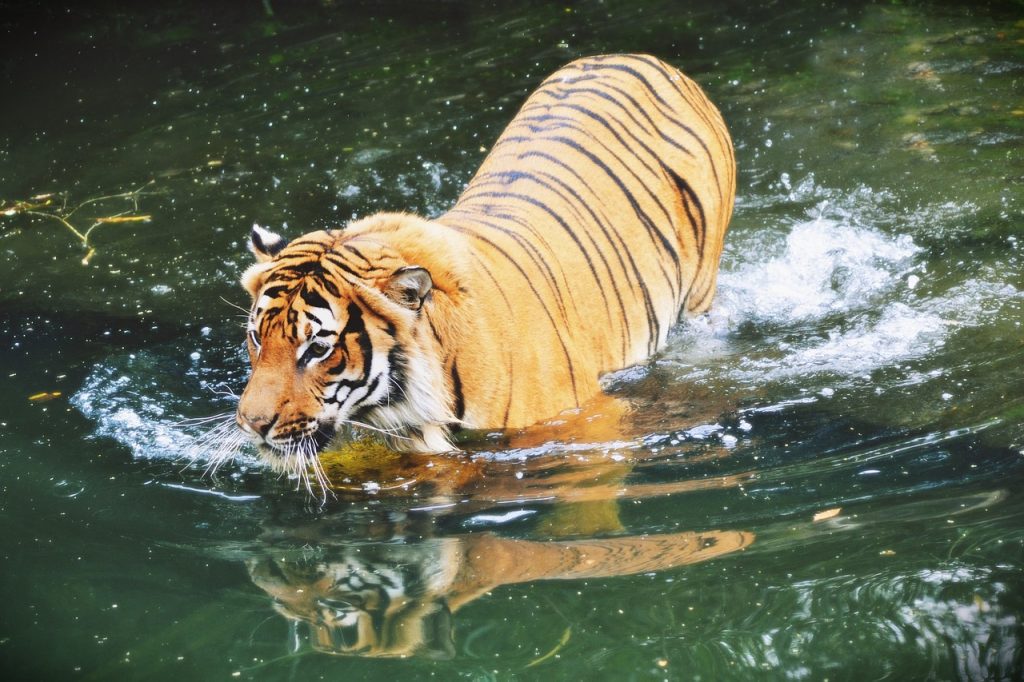

The Sumatran tiger, along with the Indochinese and South China tigers, is considered one of the rarest and most endangered tiger species. Currently, there are fewer than 400 Sumatran tigers left in the wild due to habitat loss caused by deforestation for palm oil plantations, as well as poaching for their skins and body parts which are used in traditional medicines. The Bali tiger, another subspecies of tiger, has already been declared extinct due to similar threats. The current conservation status of these tigers is critical and urgent action is needed to prevent their extinction.
Conservation efforts for the endangered species of Sumatran tiger with distinctive stripes have been ongoing for several decades now. These efforts include anti-poaching patrols, habitat restoration projects, and captive breeding programs. While progress has been made in recent years, much more needs to be done if we hope to ensure a future for this magnificent animal. Additionally, conservationists are also working towards protecting other species such as the Indochinese tiger, and preserving the genetic diversity of tigers, including white tigers.
The Bengal Tiger
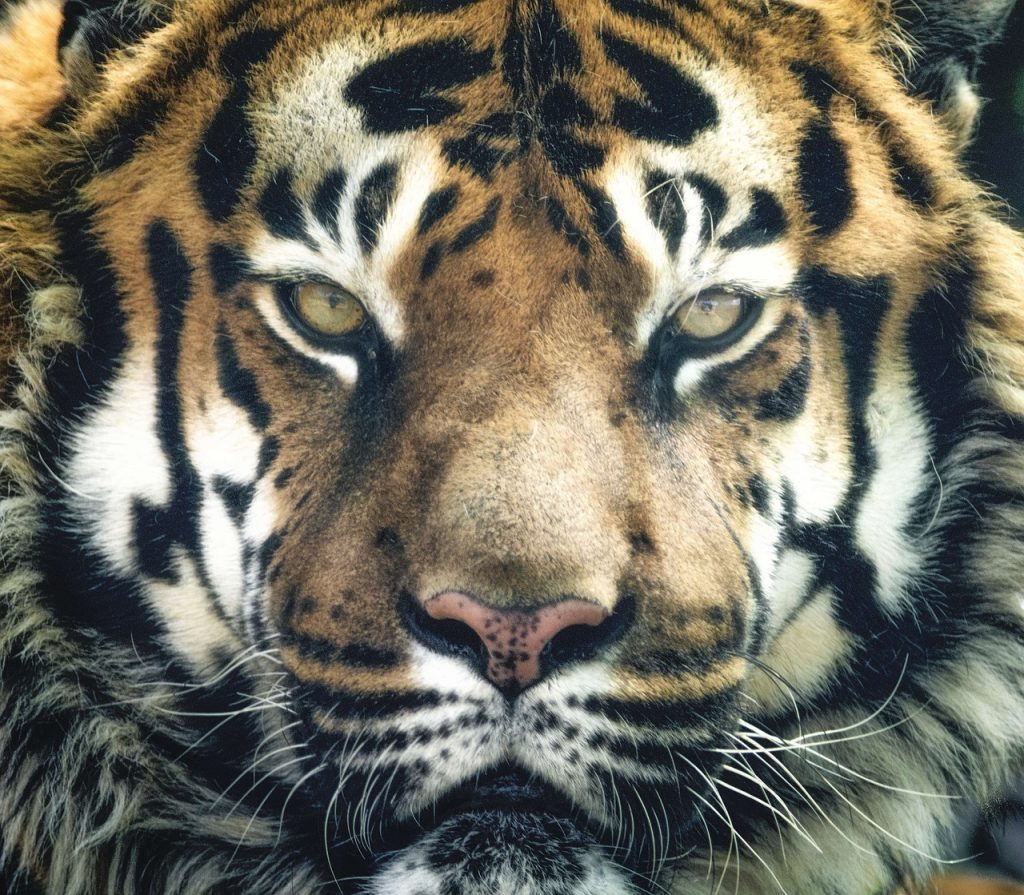

The Bengal tiger, including the South China and Indochinese subspecies, is facing significant threats to its survival due to illegal poaching. The current conservation status of these tigers is concerning, particularly in India’s Corbett National Park where human-wildlife conflict is also prevalent due to habitat loss and fragmentation caused by human activities such as logging and agriculture.
Despite the alarming decline of endangered species, such as the Bengal tiger, there are still dedicated individuals working tirelessly to protect this beautiful animal. Conservation efforts for the Bengal tiger, including the Indochinese and South China subspecies, include habitat restoration projects, anti-poaching patrols, and community outreach programs aimed at reducing human-wildlife conflict. These conservation efforts are crucial not only for the survival of male tigers but also for female tigers who play a vital role in the continuation of the species.
The Sumatran Tiger: An Endangered Species
400 Sumatran Tigers Left in the Wild
Sumatran tigers, along with Indochinese and south china tigers, are one of the rarest and most endangered tiger subspecies on the planet. According to recent estimates, there are only around 400 Sumatran tigers left in the wild. The current conservation status of these three subspecies is critically endangered. The Sumatran tiger is found exclusively on the Indonesian island of Sumatra and is smaller than other tiger species like the Bengal and Amur tigers. Interestingly, female tigers are known to be better hunters than males.
Habitat Loss and Poaching Threaten Survival
One of the main threats to the survival of Indochinese and South China tigers is habitat loss due to deforestation, logging, and development. As humans continue to encroach upon their natural habitats, these majestic creatures have fewer places to roam and hunt for food. Poaching remains a significant threat as well. Tiger parts are highly valued in traditional Chinese medicine, which fuels illegal hunting practices. The current conservation status of these tigers is concerning, making it even more important to support efforts to protect them. A wild animal safari may be one way to observe these endangered species in their natural habitats before it’s too late.
Other Rare Tiger Species at Risk
The Sumatran tiger, along with other rare tiger subspecies such as the Malayan and Indochinese tigers, are currently facing extinction due to habitat loss and poaching. The Caspian and Bali tigers have already gone extinct due to human activities and a decline in their populations. If you’re interested in seeing these majestic creatures in the wild, consider going on a wild animal safari in the south. It’s important to be aware of their current conservation status and to note that male tigers are particularly vulnerable to poaching.
What Do Sumatran Tigers Look Like?
Sumatran and Indochinese tigers have distinctive dark orange fur with black stripes that are narrower than those of other tiger subspecies. They also have white fur on their bellies, making them easy to identify when they roll over while napping or playing. The current conservation status of these tigers is critically endangered, with males weighing up to 300 pounds.
Key Facts about Sumatran Tigers
- They can weigh up to 310 pounds.
- They can grow up to 8 feet long.
- Their lifespan is around 10-15 years in the wild and is similar for the Siberian tiger, Malayan tiger, and Indochinese tiger populations.
- They are solitary animals that only come together during mating season. The Siberian tiger, Malayan tiger, Caspian tiger, and Javan tiger are all examples of such animals.
- Their diet consists mainly of deer, wild boar, monkeys, birds, fish, and occasionally smaller mammals like rabbits. The Indochinese tiger, Malayan tiger, Siberian tiger, and Bali tiger also hunt similar prey.
Threats Facing the Sumatran Tiger
Habitat Loss: A Major Threat to the Sumatran Tiger
The Sumatran tiger, found exclusively on the Indonesian island of Sumatra, is one of the rarest tigers in the world. The biggest threat facing this magnificent animal is habitat loss due to deforestation and human encroachment. As human populations continue to grow, more land is needed for agriculture and urban development, leading to widespread deforestation across Sumatra. This has resulted in a significant reduction in the tiger’s natural habitat, with estimates suggesting that only around 400-500 individuals remain in the wild.
Poaching: Another Major Threat to the Sumatran Tiger
Another major threat facing the Sumatran tiger is poaching for their skin, bones, and other body parts. The demand for these items comes primarily from China and other East Asian countries where they are used in traditional medicines and as luxury goods. Despite being illegal under Indonesian law, poaching remains a lucrative business with some estimates suggesting that up to 40 tigers are killed each year.
Human-Tiger Conflict: A Growing Concern
As human populations continue to expand into areas previously inhabited by tigers, there has been an increase in human-tiger conflict resulting in retaliatory killings. Tigers occasionally attack humans when they feel threatened or when their territory is encroached upon by humans. In response, local people often kill tigers out of fear or retaliation for lost livestock. This cycle can be difficult to break without effective conservation measures that address both human needs and tiger conservation.
Climate Change: An Emerging Threat
Finally, climate change represents an emerging threat to the survival of the Sumatran tiger. Rising temperatures and changing rainfall patterns are leading to the loss of prey species such as deer and wild boar which form a significant part of the tiger’s diet. Habitat degradation caused by climate change further exacerbates the loss of habitat due to deforestation and human encroachment.
How to Help the Sumatran Tiger
The Sumatran tiger faces multiple threats, but there are steps that can be taken to help protect this magnificent animal. Conservation efforts must focus on both protecting tiger habitat and reducing human-tiger conflict. This can include measures such as creating protected areas for tigers, promoting sustainable land use practices, and working with local communities to reduce retaliatory killings.
International efforts are needed to address the demand for tiger parts in East Asia. This can involve increasing awareness about the illegal nature of tiger products and enforcing stricter penalties for those involved in the poaching and trafficking of these items.
Finally, addressing climate change is also crucial for the long-term survival of the Sumatran tiger. Reducing greenhouse gas emissions through actions such as transitioning towards renewable energy sources is necessary to prevent further degradation of the tiger’s habitat and prey base.
Identifying the Rarest Tiger Species in the World
The Rarest Tiger Species in the World
South China Tiger: A Critically Endangered Species
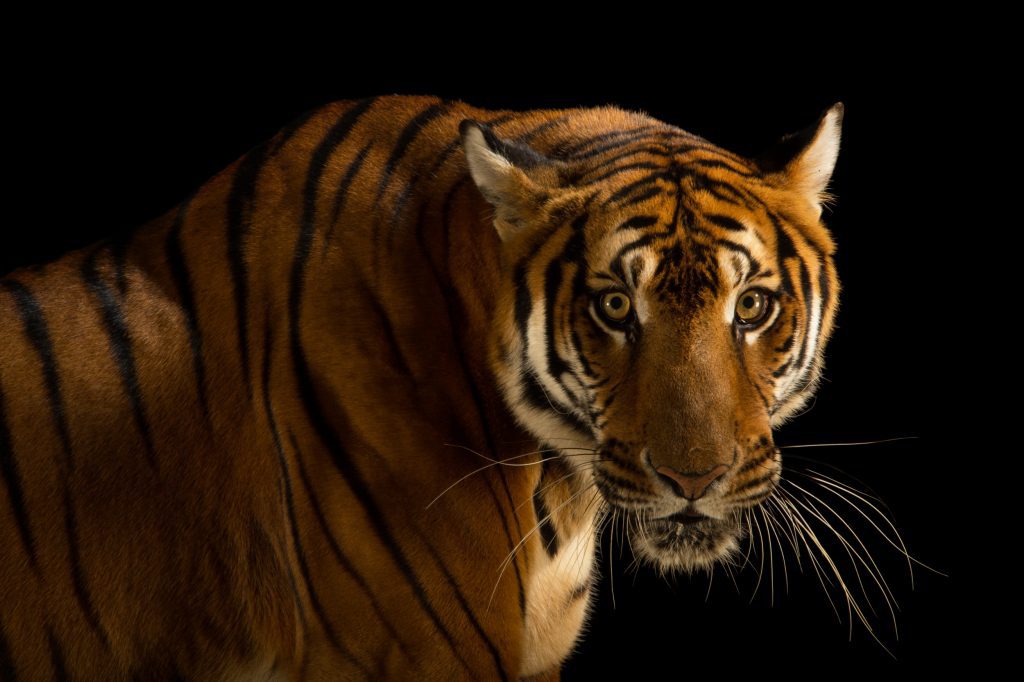

With a population of fewer than 20 individuals, the South China tiger is considered the rarest tiger species in the world. Once found throughout southern China, this subspecies has been hunted to near extinction for its fur and body parts used in traditional Chinese medicine. Despite conservation efforts, there have been no confirmed sightings of wild South China tigers since the early 2000s.
Malayan and Sumatran Tigers: Endangered Species on the Brink
The Malayan and Sumatran tigers are also considered rare with populations estimated at less than 400 individuals each. The Malayan tiger is found only on the Malay Peninsula while the Sumatran tiger is found only on Indonesia’s Sumatra island. Both subspecies face habitat loss due to deforestation and poaching for their skin and bones.
Amur or Siberian Tigers: Endangered but with Slightly Larger Population
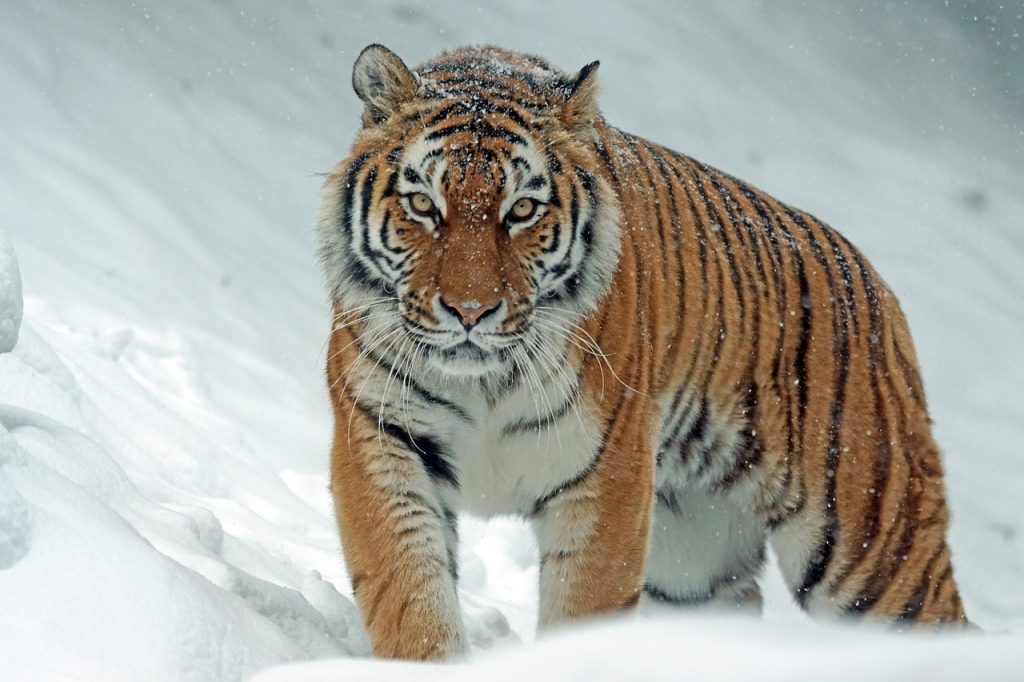

Although endangered, Amur or Siberian tigers have a slightly larger population than other rare tiger species. Found primarily in Russia’s far east region, these tigers were once hunted almost to extinction for their fur. Conservation efforts have helped increase their numbers to around 500 individuals today.
Protecting Rare Tiger Species
Conservation organizations are working tirelessly to protect these rare tiger species from extinction by implementing breeding programs, protecting habitats, and cracking down on illegal hunting and trading of tiger parts. However, more needs to be done as all subspecies continue to face threats from habitat loss, poaching, climate change, human-wildlife conflict, and disease.
Recent Births of Rare Tiger Cubs at Zoos Around the World
London Zoo Welcomes Rare Sumatran Tiger Cubs
In June 2020, London Zoo announced the exciting arrival of two endangered Sumatran tiger cubs. The cubs were born to a five-year-old mother, Melati, and a seven-year-old father, Asim. This birth is significant as Sumatran tigers are critically endangered with only around 400 remaining in the wild. The cubs’ arrival brings hope for the future of this majestic species.
At birth, tiger cubs can weigh up to three pounds and grow rapidly in their first few months. In the wild, tiger mothers typically raise their cubs alone until they are old enough to hunt on their own. However, at London Zoo, zookeepers will be providing round-the-clock care for the new arrivals.
Wild Animal Safari Announces Birth of White Bengal Tiger Cubs
In May 2020, Wild Animal Safari in Georgia, USA welcomed three white Bengal tiger cubs into the world. These beautiful creatures are a rare color variation of the Bengal tiger and are not albinos as many people believe but rather carry a gene that causes their fur to be white instead of orange.
White Bengal tigers are not a separate subspecies but rather a genetic anomaly that occurs naturally in about one in every 10,000 births. Due to their rarity and beauty, white Bengal tigers have been heavily hunted in the past which has contributed to their decline in numbers.
China’s Success with Breeding Programs for South China Tigers
China has been successful in breeding programs for the critically endangered South China tiger with over 100 cubs born in recent years. At one point thought to be extinct in the wild due to hunting and habitat loss, there are now believed to be around 100 South China tigers living under protection on reserves throughout China.
Breeding programs like these play an important role in preserving endangered species such as tigers. By carefully monitoring breeding pairs, ensuring genetic diversity, and providing a safe and healthy environment for the cubs to grow up in, zoos and wildlife reserves can help ensure the survival of these magnificent creatures for generations to come.
Comparison of Rare Tiger Species (Bengal, Indochinese, Siberian, and Malayan)
Bengal Tigers: The Most Populous of Rare Tiger Species
With an estimated 2,500 individuals in the wild, Bengal tigers are the most populous of all rare tiger species. These tigers are found primarily in India and Bangladesh, where they inhabit dense forests and grasslands. Despite their relatively large population size, Bengal tigers are still considered endangered due to habitat loss and poaching.
One of the main threats to Bengal tigers is deforestation, which has led to a loss of habitat for these animals. As human populations expand into areas previously occupied by tigers, conflicts between humans and animals have increased. Poaching is also a significant threat to Bengal tigers, as their bones and other body parts are highly valued in traditional Chinese medicine.
Conservation efforts have been implemented to protect Bengal tiger populations from further decline. For example, protected reserves have been established in India and Bangladesh to provide safe habitats for these animals. Anti-poaching measures such as increased patrols and stricter laws have been put in place to combat illegal hunting.
Indochinese Tigers: Smaller Population than Bengals


Indochinese tigers have a smaller population than Bengal tigers, with only around 350 individuals remaining in the wild. These tigers are found primarily in Southeast Asia, including Cambodia, Laos, Myanmar, Thailand, and Vietnam.
Like other tiger species, Indochinese tigers face numerous threats that contribute to their declining populations. Habitat loss due to deforestation is one major factor affecting these animals. Illegal hunting for their skins and other body parts has severely impacted Indochinese tiger populations.
Conservation efforts aimed at protecting Indochinese tigers include increasing patrols in protected areas where these animals live and implementing stricter laws against poaching. Efforts are also being made to reduce habitat destruction through reforestation initiatives.
Siberian Tigers: Largest Subspecies Found Primarily in Russia
Siberian tigers, also known as Amur tigers, are the largest of all tiger subspecies and are found primarily in Russia. These animals can weigh up to 660 pounds and can grow up to 11 feet long.
Despite their large size, Siberian tigers are endangered due to habitat loss and poaching. The forests where these animals live have been significantly reduced due to logging and other human activities. Illegal hunting for their body parts has contributed to declining populations.
Conservation efforts aimed at protecting Siberian tigers include establishing protected reserves where these animals can live safely. Anti-poaching measures such as increased patrols and stricter laws have also been put in place to combat illegal hunting.
Malayan Tigers: Smallest Subspecies Found Only on the Malay Peninsula
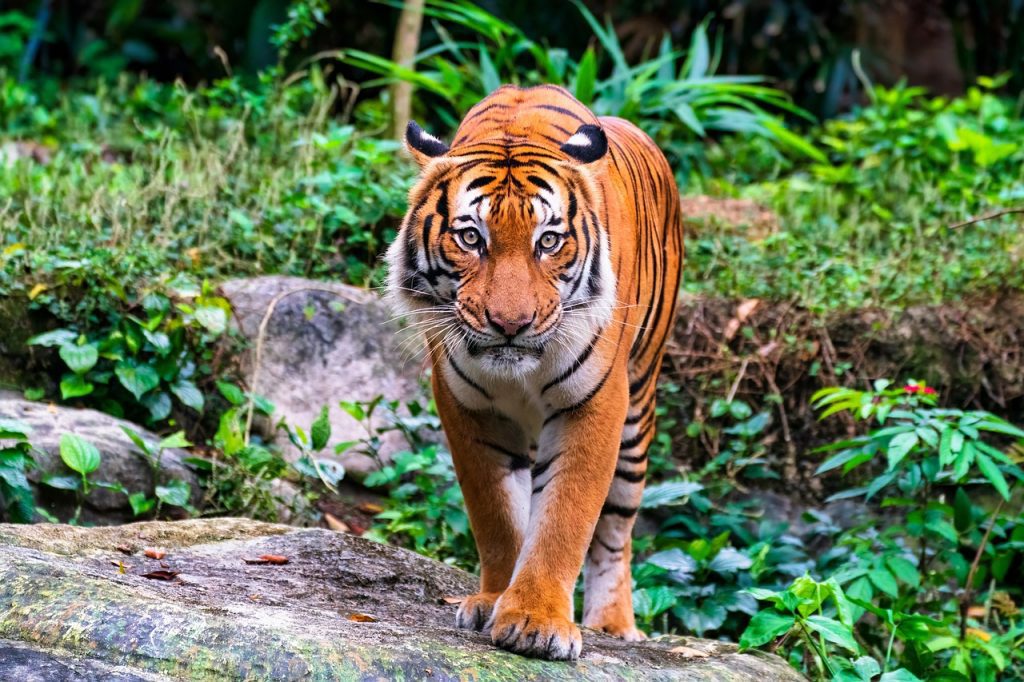

Malayan tigers are the smallest of all tiger subspecies and are found only on the Malay Peninsula. These animals face numerous threats that contribute to their declining populations, including habitat loss due to deforestation and illegal hunting for their skins and other body parts.
Conservation efforts aimed at protecting Malayan tigers include increasing patrols in protected areas where these animals live and implementing stricter laws against poaching. Efforts are also being made to reduce habitat destruction through reforestation initiatives.
South China Tigers: Considered Functionally Extinct in the Wild
South China tigers, also known as Chinese tigers, are considered functionally extinct in the wild, with no confirmed sightings in over a decade. Habitat loss due to deforestation is one major factor contributing to the decline of these animals. Illegal hunting for their body parts has severely impacted South China’s tiger populations.
Efforts are being made by conservationists to reintroduce South China tigers into the wild through captive breeding programs. However, progress has been slow due to a lack of suitable habitats for these animals.
Habitat and Distribution of the Siberian Tiger
Siberian tigers, also known as Amur tigers, are the largest subspecies of tigers and are found exclusively in the Russian Far East region. Here are some key talking points about their habitat and distribution:
Russian Far East: The location of Siberian tigers is limited to a few areas in Russia and China. However, the majority of these big cats live in the Primorsky Krai province of Russia’s Far East. This region is characterized by dense forests, mountains, and cold winters.
Habitat Loss: One major threat to the survival of Siberian tigers is habitat loss due to human activities such as logging, mining, and development. As humans continue to encroach on tiger habitats, these animals are forced into smaller areas with fewer resources. This can lead to increased competition for food and territory among individuals.
Diverse Habitat: Despite being primarily forest-dwelling creatures, Siberian tigers have been known to inhabit other environments such as grasslands and wetlands. In fact, they have been spotted at elevations ranging from sea level up to 6,500 feet (2,000 meters). These adaptable animals have even been seen swimming across rivers in search of prey.
To protect Siberian tiger populations from further decline due to habitat loss and other threats like poaching or climate change impacts such as wildfires or droughts that could decrease their food sources (prey), conservation efforts must be implemented immediately. Conservationists need support from governments around the world who should work together towards preserving this magnificent species for future generations.
Protecting the Rarest Tigers: How to Help and Conclusion
As we have explored, tigers are one of the most majestic creatures on Earth. However, their populations are rapidly decreasing due to various threats such as habitat loss, poaching, and climate change. Among the different tiger species, some are rarer than others. The Sumatran tiger is perhaps the rarest of them all with only an estimated 400 individuals left in the wild.
To protect these magnificent animals from extinction, it is crucial that we take action. There are several ways that we can help conserve these rare tigers:
Firstly, supporting conservation organizations such as WWF and Panthera can make a significant impact on protecting tigers’ habitats and preventing illegal wildlife trade.
Secondly, reducing our carbon footprint by adopting sustainable practices in our daily lives can help mitigate climate change’s effects on tiger habitats.
Thirdly, spreading awareness about the importance of tiger conservation through social media or word-of-mouth can encourage more people to take action.
Lastly, visiting zoos that participate in breeding programs for rare tiger species such as Siberian or Malayan tigers not only provides an opportunity to learn more about these animals but also supports conservation efforts.
It is essential to remember that every small action counts in preserving the tiger population. By taking steps to protect the habitats of the Siberian, Indochinese, and Malayan tigers, we can ensure that future generations will be able to witness these incredible creatures’ beauty in their natural habitats.
